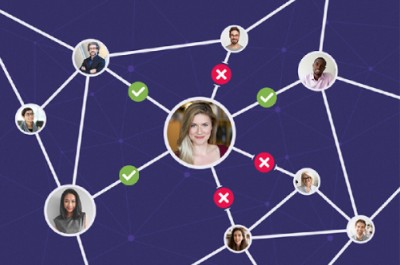9 Phishing Prevention Solutions That Work Flawlessly

Phishing is a kind of social engineering attack done to steal confidential details. The attacker masquerades as a reliable identity duping the victim to open a mail or message.
The recipient is then tricked to click on a malicious link which causes the installation of the malware, freezing the system or revealing your sensitive info.
It can have hazardous effects such as unauthorized purchases, identity theft or funds theft.
Different techniques of phishing
Email phishing scams: It is a numbers game. The attacker sends thousands of fraud messages to get your info or money. Even if a minor percent of recipients falls in the trap, they will get big success.
Along with it, attackers try to push users to action by producing a sense of urgency. For instance, the email could threat about sudden account expiry. Because of this pressure, the user will be less diligent and be prone to make mistakes.
Spear phishing: Spear phishing is all about targeting specific people or company against random users. It is said to be an in-depth phishing version which needs special knowledge about a company. The attacker steals his credentials, acquiring complete access to sensitive places within the company’s network.
How to prevent phishing
According to PhishProtection.com, phishing protection needs steps by step measures by users and companies.
For users, vigilance is important. A manipulated message can have subtle mistakes which may expose its real identity. It can include spelling errors or mistake in the domain name. Users should make a stop and think about why they have received an email.
For enterprises, some steps can be taken to mitigate phishing and spear-phishing attack. As per RSA.com, there are phishing prevention measures which you should take:
- Two-factor authentication (2FA): It is the most efficient means to prevent phishing attacks. It serves as an additional verification standard when signing in to sensitive sites and apps. 2FA needs users to know two things: one is their password and the other is a device, say a smartphone. So, even if the password gets compromised, the 2FA prevents the use of a compromised password as it is not sufficient to get access.
- Along with 2FA, companies should also have strict password management regulations. Employees should change and update their passwords frequently and not use their accounts on several devices.
- Education should be given on how to prevent phishing.
Here are some practices recommended by Malwarebytes.com which can give you phishing protection:
- Do not open emails from senders you are unfamiliar with.
- Do not click on any link mentioned inside the mail you have received till you know exactly it will take you.
- Add a layer to your protection, if you get mail from a source, you are not sure of, do not enter it. Enter only legit sites.
- Check for the digital certification of the website.
- Mouse over the link to find out if it is legit or not.
- If you are asked to offer private details, check the URL of the page whether it starts with HTTPS or HTTP. If there is an S, then it is secure.
Imperva.com provides you the best information on how to avoid phishing. You can even check out DuoCircle.com to know more about phishing prevention.


